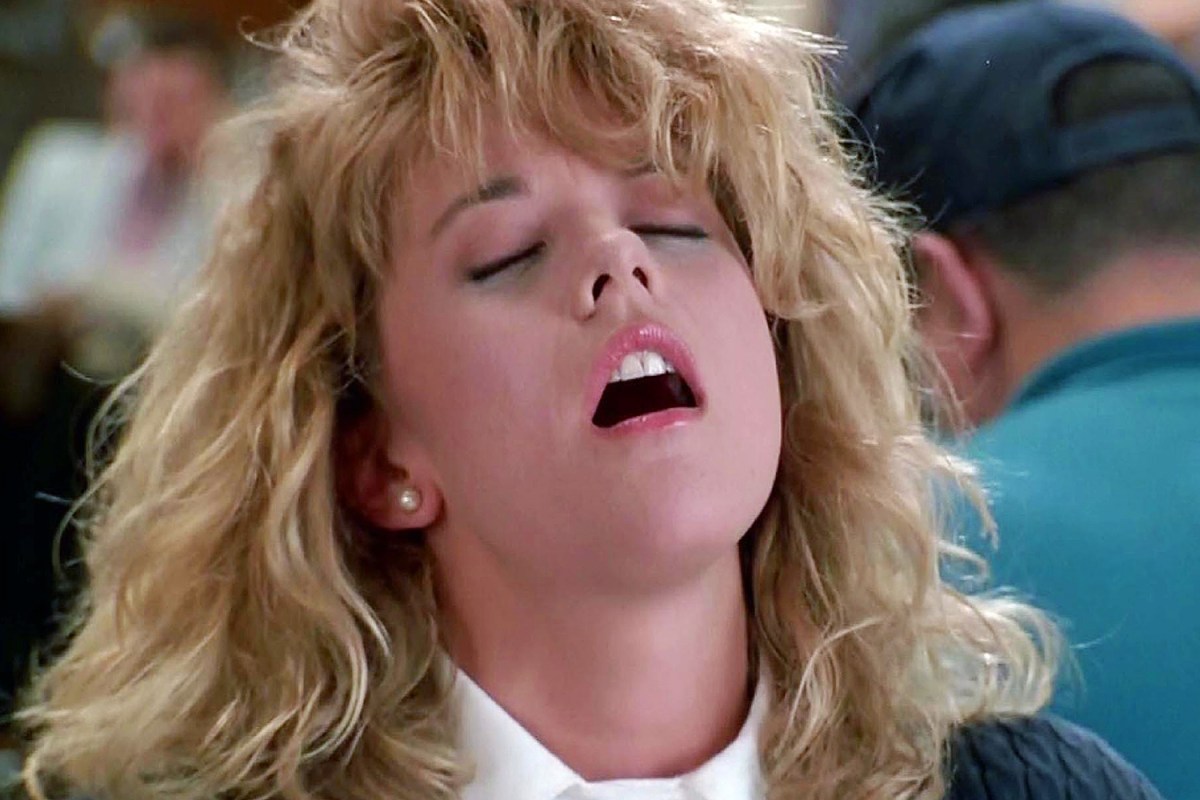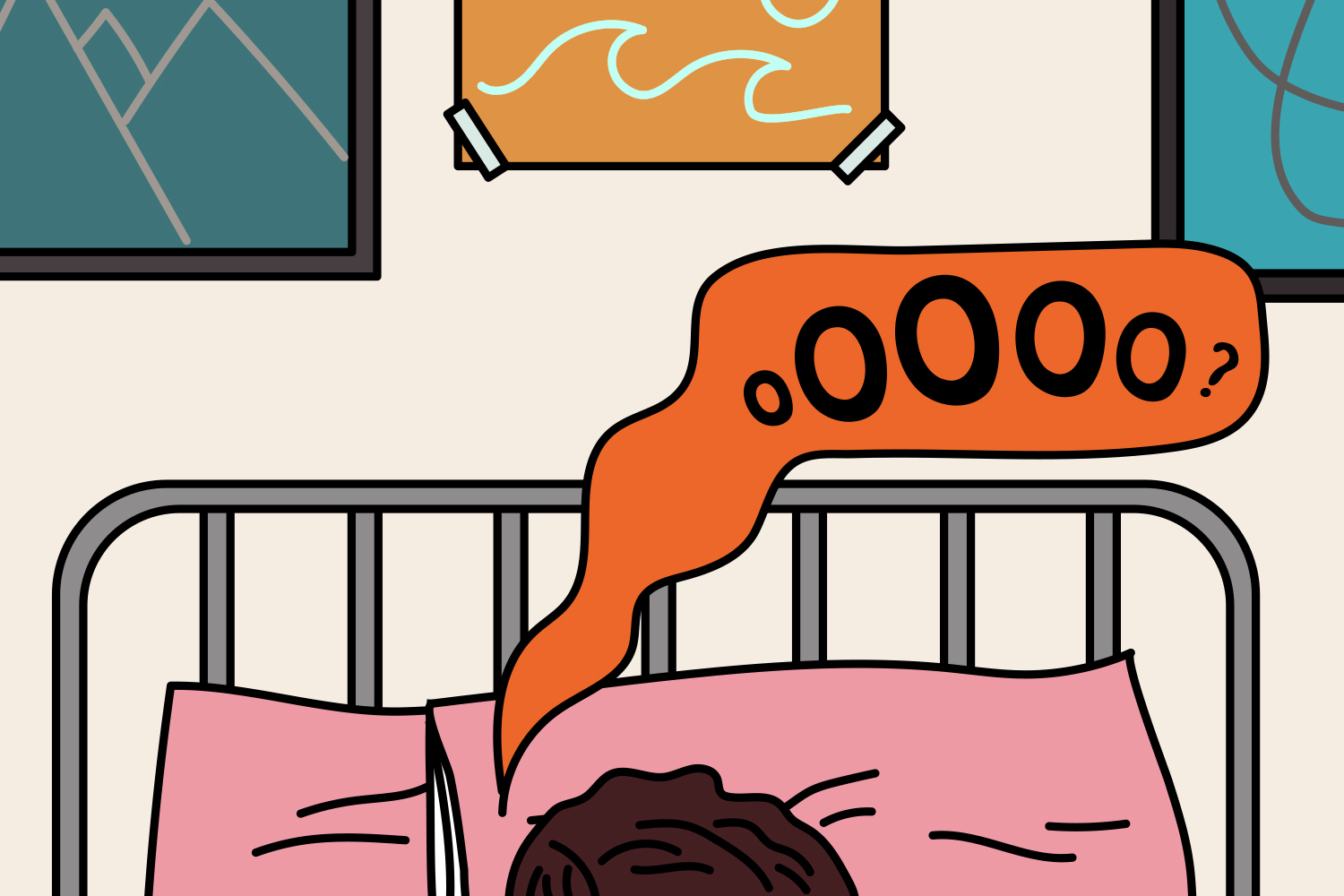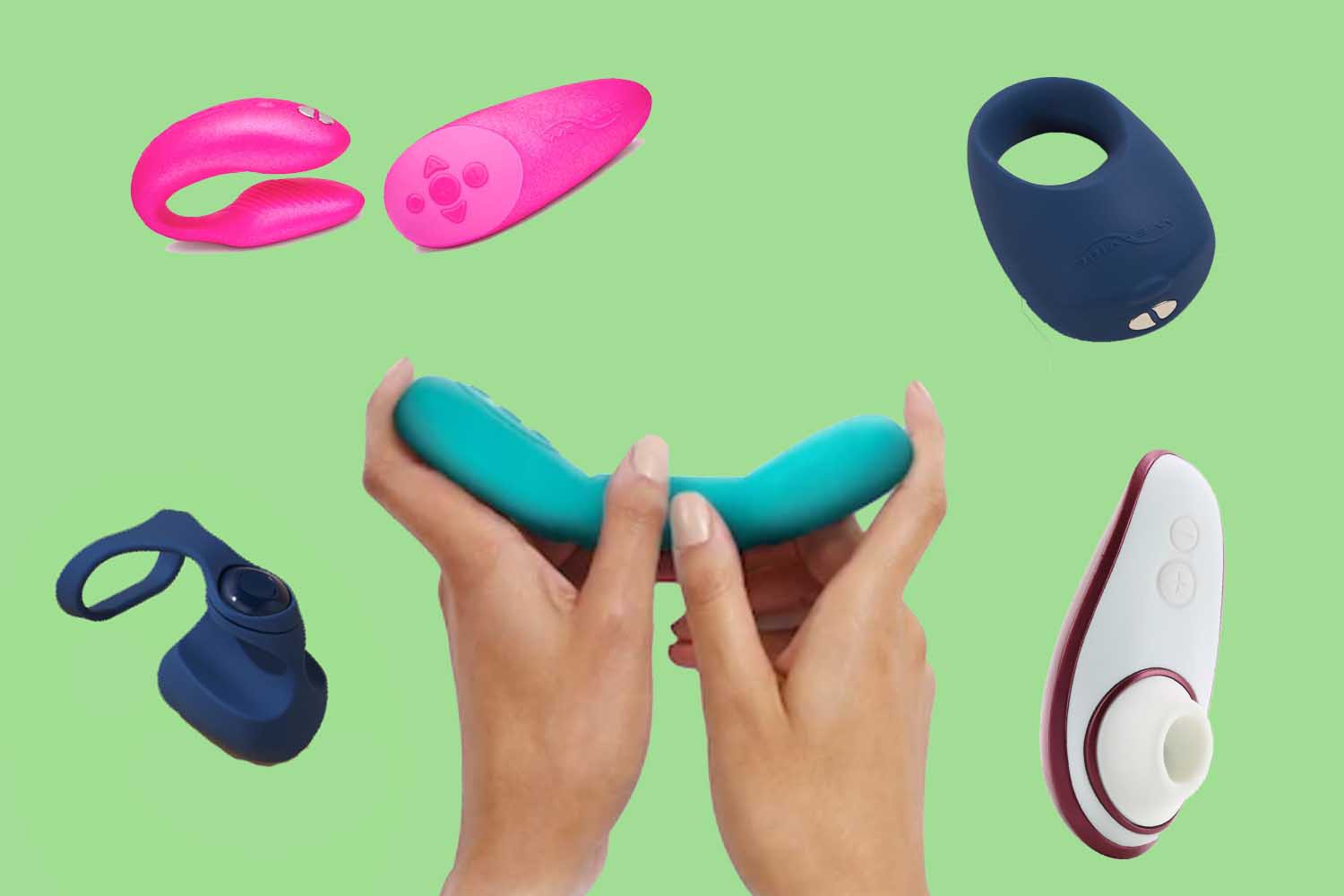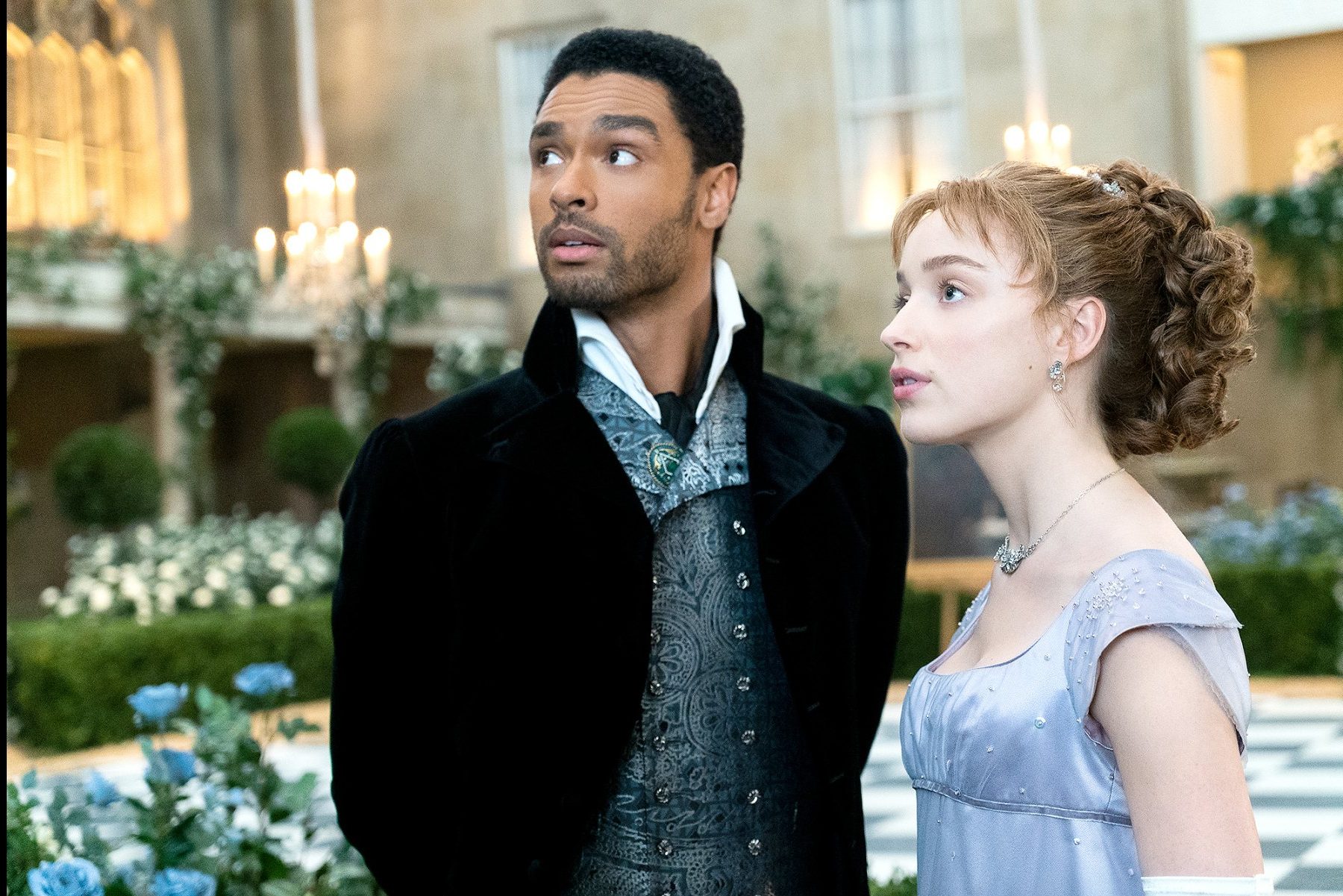Having an orgasm, or giving one to someone else, can take time (and sometimes a little battery-operated assistance). Buy you know what takes a lot longer? Getting society to create and accept realistic, meaningful onscreen depictions of orgasms, especially female ones.
The Daily Show‘s Desi Lydic gave a “Brief Hist-HER-y” of the onscreen female orgasm, tracing its origins all the way back to 1933’s Ecstasy, in which star Hedy Lamarr gifted the world the first-known onscreen depiction of the female O. Unfortunately, if unsurprisingly, the world wasn’t quite ready to accept this gift, and Lamarr’s then-scandalous display of female pleasure (which, naturally, sparked pearl clutching and outrage among everyone from Hitler to the Pope) was the last one to grace the screen for several decades once the infamous Hays Code came down.
The strict censorship laws of the Hays Code finally lifted in the late 1960s, at which point the female orgasm finally returned to the screen. After years in storage, however, the onscreen female orgasm had warped into a grotesque caricature of itself, appearing primarily as a punchline in campy, often bizarre narratives centering the male perspective. Notable examples include the infamous 1972 porn flick Deep Throat, in which Linda Lovelace plays a clueless, anatomically mutated woman whose clitoris happens to be conveniently located at the back of her throat, as well as 1968’s Barbarella, in which a woman is placed into a torture device designed to give her non-consensual orgasms until she dies.
By the late 1980s, the female orgasm still remained a punchline, but a certain infamous deli scene from When Harry Met Sally at least made the joke at men’s expense. While the beloved scene may be responsible for reinforcing certain gendered, heteronormative stereotypes that still color our understanding of sex and relationships today, it was revolutionary for its time, bringing the orgasm gap to a level of mass cultural awareness for perhaps the first time.
Unfortunately, two decades later, Hollywood still hadn’t progressed beyond the tired public orgasm schtick, and by 2009, it had taken some weird, non-consensual turns. That year, Katherine Heigl starred in The Ugly Truth, which features a scene in which Heigl’s character has an orgasm in a restaurant after an unwitting child finds the remote control to a pair of vibrating panties Heigl is wearing. This is disturbing for many reasons, and we don’t have time to unpack all of them right now, but suffice to say the early aughts saw little progress for the onscreen female orgasm, and maybe even some regression.
Fortunately, however, recent years have finally seen some real progress in the way of realistic, meaningful onscreen depictions of female pleasure — ones that don’t explicitly cater to the male gaze. Recent examples include scenes from Twenties and Fleabag, and, of course, the much-talked about Bridgerton sex scenes. Should it have taken nearly a century to get an earnest, inoffensive onscreen female orgasm? Maybe not, but sometimes a good orgasm takes patience.
The Charge will help you move better, think clearer and stay in the game longer. Subscribe to our wellness newsletter today.


















